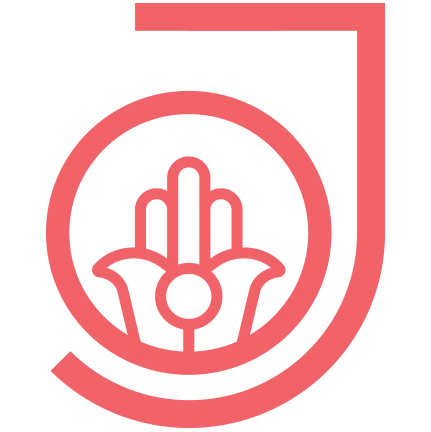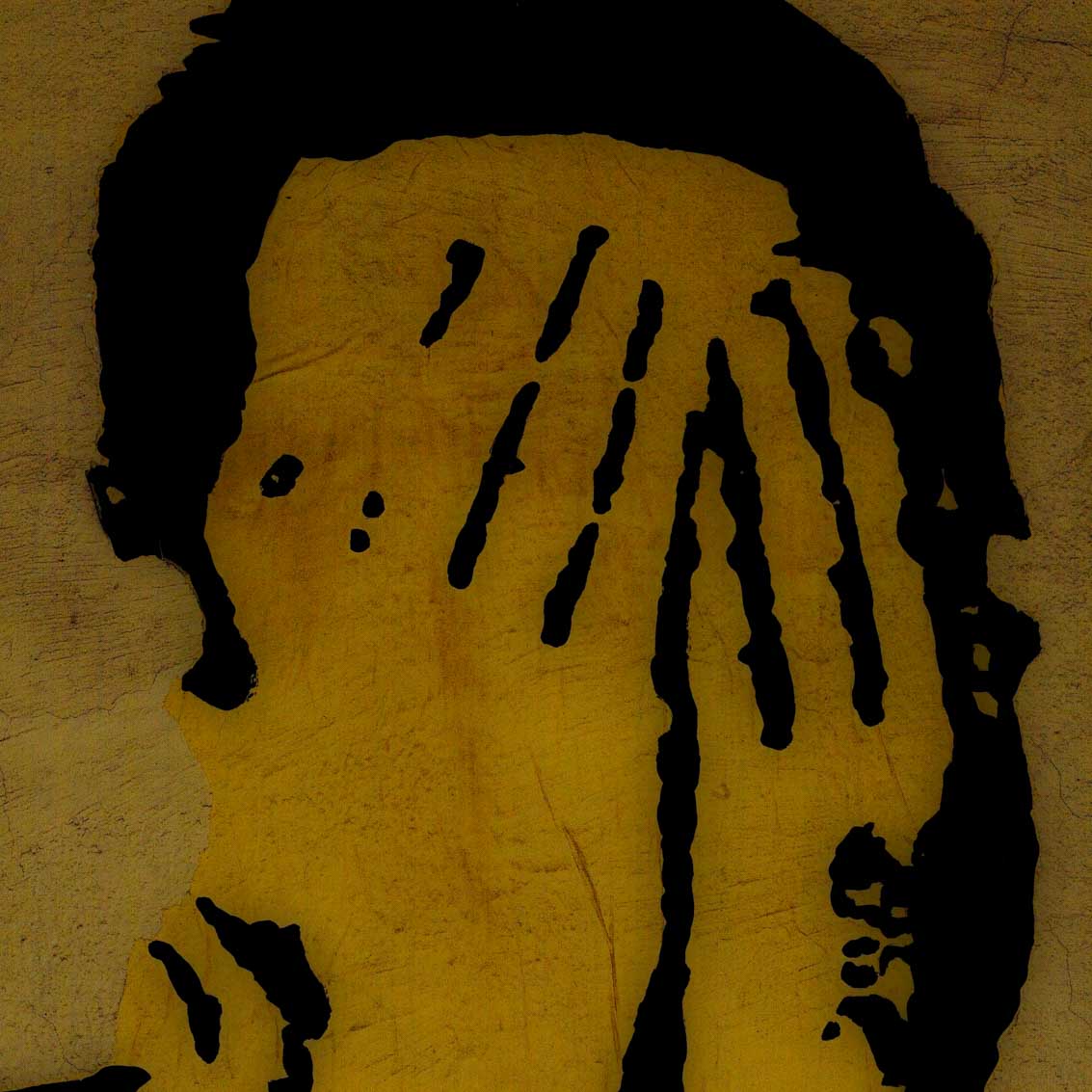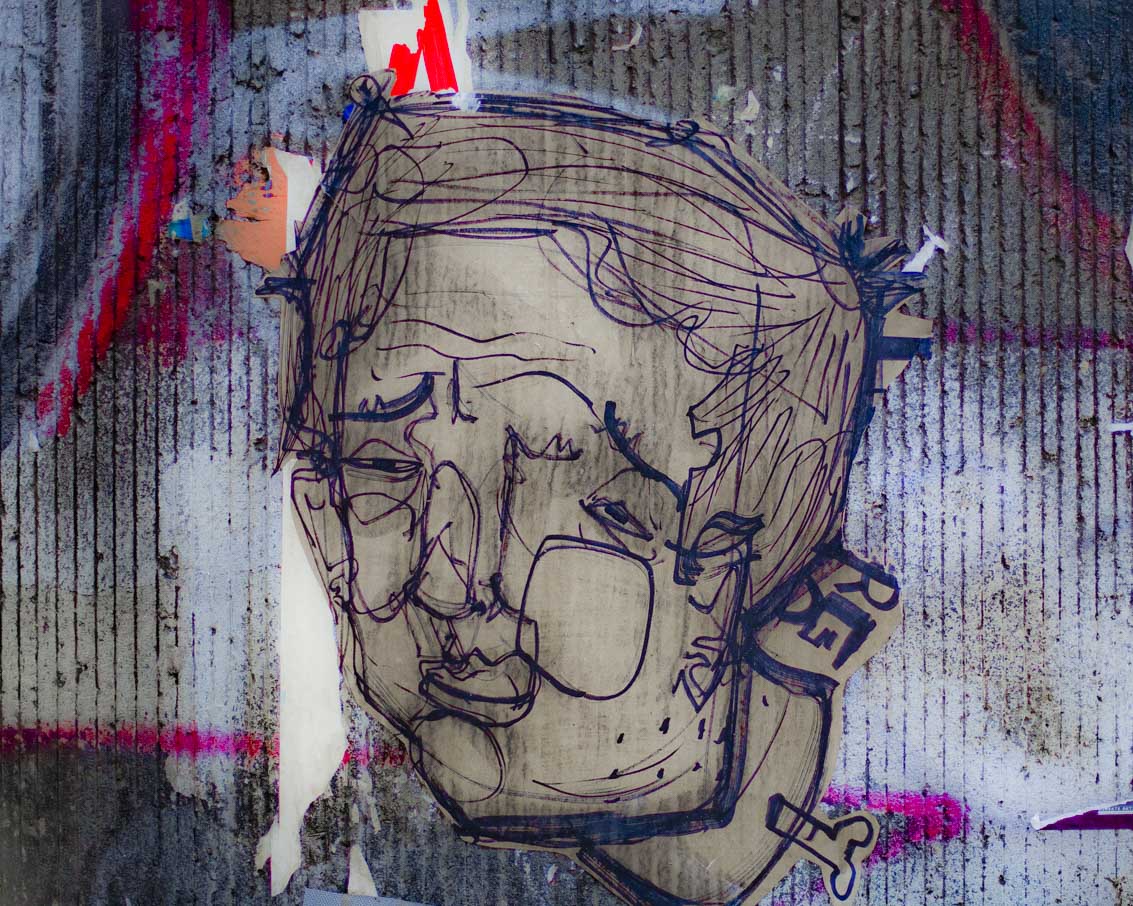The shelter exists because therapists (T) have clarified their attitude towards clients (C) as already described (abstinence, equal attention, gender neutrality, no emotional self-interest).
Now to the course of a session with Trauma Abscission & Removal (abbreviated: TAR – by Otmar Jenner).
A. The preliminary conversation:
- C has a problem and reports about it. This is the reason why C comes to the practice of T at all.
- Since not all problems are based on traumatizations, T is challenged to find out in a conversation with C whether her/his problem (of whatever kind) is the result of a traumatization. If so, there is the possibility of a recent experience of horror, not yet integrated horror, or the possibility of a distant mental injury (perhaps suffered in childhood).
- T then asks C specifically for incisive, painful experiences (psychological as well as physical).
- From C’s reactions (strong emotional expression, drastic verbal description or, on the contrary, almost indifference, as if standing next to her-/himself, apathy), T can tell how serious the traumatizations experienced by C are and whether a trauma detachment makes sense in this case.
- If this is to be affirmed, T explains the meaning of further work on this trauma (with the aim of dissolving it / trauma exploration and intervention) and describes C the further procedure.
- If C agrees and expressly declares this to T, the further steps of the Trauma Abscission & Removal (TAR) can take place.
B. Further preliminary work (an anchor, a trauma, a test):
- Finding a positive anchor: T asks C to remember a very beautiful life experience, a moment of joy and strength.
- T asks C to describe this moment very precisely and to recall it scenically (like in a short film): this will be the positive anchor.
- T also stores the positive anchor in his memory so that he can set it at C at any time. This is when the recapitulation of negative experiences during the TAR seems to overstrain C and the treatment is about to go of the rail (which I myself have never experienced before with any such treatment, but nevertheless consider it possible).
- Isolating the trauma: T now comes back to the incisive and painful experiences already mentioned by C and asks C to name the most painful.
- Kinesiological testing of the trauma: T asks C to stand up and stretch out his left arm. T now presses C’s wrist with increasing intensity for 2 to 3 seconds and asks C to hold against it. It is not a question of who is the strongest, but rather of C’s muscular response to the increasing pressure that T exerts. T remembers C’s impulse.
- Now T speaks to C: “I can test with you.” And repeats the pressure on C’s wrist on the outstretched arm. C’s impulse must not be significantly weaker, because that would be a no.
- In this case the procedure would have to be repeated a few minutes later, then on C’s other arm.
- However, if further testing is immediately possible T says to C: “Your trauma is over 50 percent active.“
- If C then vigorously resists, which corresponds to a yes, T repeats the test at C, but now saying: “Over 70 percent of your trauma is active”. If thereupon a yes comes again, the test can be repeated with “90 percent”. If “50 percent” has already been answered weakly, i.e. with a “no”, you would have to find out whether it is a value above or below 30 percent. Because below 30 percent is so weak that this “residual traumatization” cannot possibly be solved with TAR right now.
- For the further work on the trauma it is necessary that T as well as C keep the tested active value of the trauma in memory, in order to be able to measure the treatment success later (even if it is not at all completely describable, what exactly this active value measures, because it is a size of the subconscious).
- Since exploration and intervention in TAR include mechanical aspects, possible medical exclusion criteria for such treatment must be established at the latest now: a tendency to brittle bones or osteoporosis, a tumor disease in the abdomen or chest, cardiac pacemakers, etc. Then C would have to be omitted and the procedure under D would have to be continued.

C. Exploration and intervention on the treatment couch: So for C while lying, while T sits on one side (ideally on a rolling stool). Because the moment of the actual procedure of TAR is approaching. However, all steps that take place in the same way should be explained briefly and precisely to C beforehand.
- As soon as C lies stretched out with his back on the treatment couch (and the further course is communicated), T places one hand on C’s sternum (heart chakra) and the other hand on C’s stomach (solar plexus). As I said: positioned so that the fingertips of T’s hand on the heart chakra point directly upwards, i.e. in the direction of C’s head, while T’s hand on the solar plexus is positioned so that the fingertips point to one side of the body, but not towards C’s feet. This positioning of the hands is important to avoid possible alignment with genitals. If C is female and T male, C can also place her hands on the corresponding parts of her body, whereupon T would place his hands on C’s. C’s hands then built a kind of buffer (which is often perceived as protection against male T for women). Remember: The shelter in the sense of a resilient confidence building is of central importance for the success of a treatment).
- T now asks C to close both eyes and to remember as closely as possible the traumatisation experienced (visual, acoustic, olfactory, tactile). In short: visible, audible, smellable, perceptible) and at the same time breathe in and out deeply.
- T follows with his hands the raising and lowering of C’s chest during one or two of C’s breaths, then concentrating on C’s exhalation and slowly exerting a growing pressure on C’s chest and abdomen.
- T may have the feeling of touching C in her/his innermost, as if T’s hands were wandering into C’s body to grasp a deeply hidden pain. I would like to emphasize that such a feeling is not as irrational as it sounds according to this methodology, but quite plausible. Because through the deliberate and conscious memory of C’s deep-seated injury and the additional intention of T to heal exactly this injury, now probably also noticeable from T, namely the hardening of C’s character armour – this is precisely what happens in the so-called exploration of trauma. Namely the possibility to feel this directly. T will probably perceive a kind of tingling in his hands. But if this is not perceptible to T, it does not mean that the procedure is not suitable for T as the performer.
- At the moment of greatest intensity, which also means an increased mechanical pressure and the moment of intervention, T lifts both hands from the body of C and claps once or several times into the hands. This is a signal to the subconscious of C. It means: Now it is accomplished, the trauma resolved. The clapping of hands can be so loud that C is easily frightened. Even if this is not perceived as pleasant, it is still helpful. Because all the deeper the trauma detachment finds its way into the subconscious.
- Immediately afterwards, T makes a subtle wiping movement with one or both hands about 10 to 20 centimetres above C’s body. Beginning at the solar plexus towards the head and beyond the head. Even if it sounds strange: With it T wipes the trauma energy from the body of C. Absolutely: without the slightest physical touch.
- Right now C should keep her/his eyes closed. An opening of the eyes would distract C from the inner perception by external perception, whereby the release effect of the trauma detachment would possibly be overlooked or rather “over felt”. If the release effect is not perceived from C immediately, this does not mean that the trauma detachment has failed. The release effect often comes in waves. With some people in gentle waves, with others powerful. With some people are so powerful that they get scared and T have to calm them down.
- If calming persuasion does not help, the anchor should be set. T then reminds C of the anchor and asks C for a few minutes to think of nothing else than this beautiful idea.
- The release effect is best described as an energy wave. Perceptible from C itself, but also perceptible from T. As an energy wave that rolls from C into T’s field (aura), flows and feels different with every trauma release. Every now and then the wave comes with a delay, so the release effect only occurs after two minutes at the most. For T it’s a matter of waiting for this time.
- Anyway, it is helpful if C rests undisturbed for a few minutes after the procedure of Trauma Abscission & Removal (TAR) – trauma exploration and intervention.
D. Stimulation of the brain hemispheres and a TAR add-on through guided eye movement: T now helps C to straighten up from the couch and to move into a seated posture. Either on a standing chair or sideways on the treatment couch, facing T.
- T now asks C to look with her/his eyes at the tip of her/his index finger (it doesn’t matter whether the finger of T’s right or left hand is used). T then raises the hand with the extended index finger in front of C’s face so that C can look at T’s fingertip from a distance of about 50 to 80 centimeters.
- T now asks C to think again of the trauma that has just been detached (without, however, immersing her-/himself in it in the sense of a scenic experience).
- Directly after this explanation T draws with his index finger the figure of a lying eight into the air in front of C’s face. Starting with a movement towards right side up (seen from T). Again and again. For about one minute to one and a half minutes. Eights so large, i.e. with such a wide movement of T’s finger in front of C’s eyes, that C’s eyes move to the outermost edges of her/his view, but not beyond, so that C can follow the finger movement of T with both eyes. And just so fast that no jerky eye movements occur, but an evenly wandering after-glance from C is possible. The meaning of this probably strange-looking action of T: Because both eyes are linked with different hemispheres of the brain, the left and right hemisphere of C’s brain are harmonized. Since traumatization is not preserved equally in both hemispheres and thus remains more active in one side, the eye movement guided as described causes a destructive memory backlog to flow off (probably on the right brain hemisphere – but this has yet to be researched sufficiently to be considered factual). T’s finger movement ends with a movement upwards – so never descending.
- Then T lets the hand sink and asks C now for current sensations concerning the trauma just solved. Possible answers from C: “Feels a little better.” – “Feel relieved.” – “Something’s come loose.” – “A stone is gone.” – “Feel much softer.” – Can’t say exactly what is. But it feels different.” – “I don’t know, I can’t judge.“
- In any case, T now repeats the painting of the figure eight in front of C’s face described in point 3 (D). And then point 4 (D). This is practiced five to seven times in total.
- Then C needs a break of up to five minutes.
E. TAR add-on by singing the so called warrior syllables A, Om, Hung, Ram, dZa: The meaning of the syllables are: A for Buddha – love, Om for Brahma – devotion, Hung for shelter – joy, Ram – truthfulness, dZa – action! T should not make a secret of the meaning. But too much explanation is distracting..
- T sings the warrior syllables slowly, but as expressively as possible, then asks C to remember the emotional injury already dealt with (but without diving into the idea of it in the sense of scenic experience).
- T now asks C to join in, i.e. to sing along.
- 7 cycles should be sung. If this is not sufficient, another 7 cycles can follow..
F. Final kinesiological testing of the remaining trauma activity:
- Continue as described in B 5 to 9.
- If the “active value” of the detached trauma now exceeds 30 percent, another follow-up session should be arranged at a later date to repeat the entire procedure described up to this point.
G. Concluding discussion: C takes stock of the experience, describes the current mood. T in turn gives feedback and shares his own impressions, provided that they are directly related to the therapeutic work performed.
As I said before: I developed the method of Trauma Abscission & Removal (TAR) and I am therefore the originator. Therapists can use this procedure. However, with the hint that it comes from me. Publications on this, I would like to confirm here in all clarity, require an authorization by me.
All aspects presented in this article will be described in more details in further articles.
Stay tuned!
Yours – Otmar Jenner
P.S. Dear readers, English is not my mother tongue. If you find serious mistakes in the wording of an article, please let me know (oj@otmarjenner.de).
#otmarjenner #tar #traumaabscession #traumadetachment #traumaredemptio #energyhealing #healing #happiness #heal #healingvibes #energy #spirituality #meditation #spiritual #chakras #goodvibes #selflove #psychic #yoga #energybites #instagood #metaphysical #awakening #spiritualhealing #positiveenergy #energyhealer #consciousliving #consciousness #healingprocess #justhealing #compassion #forgiveness #guidance





 Deutsch
Deutsch